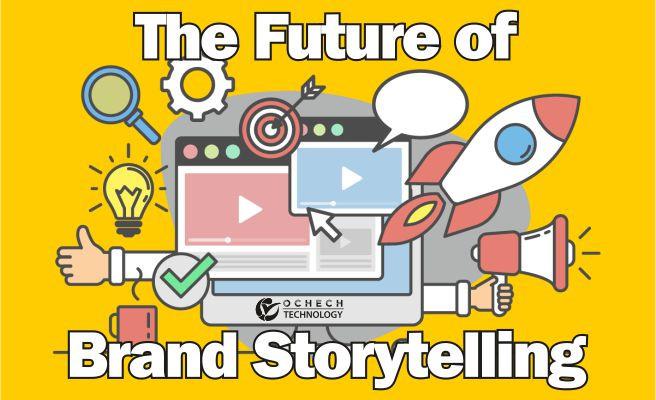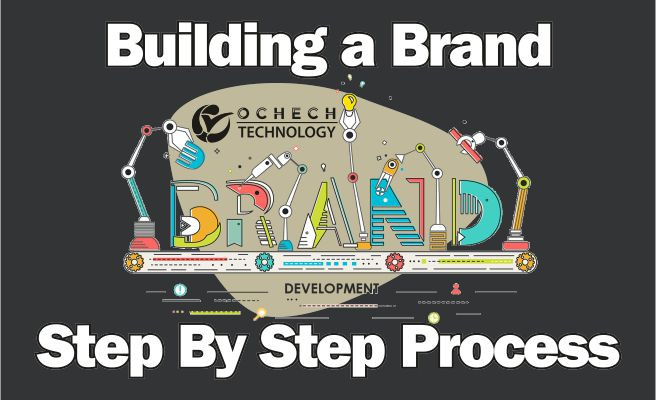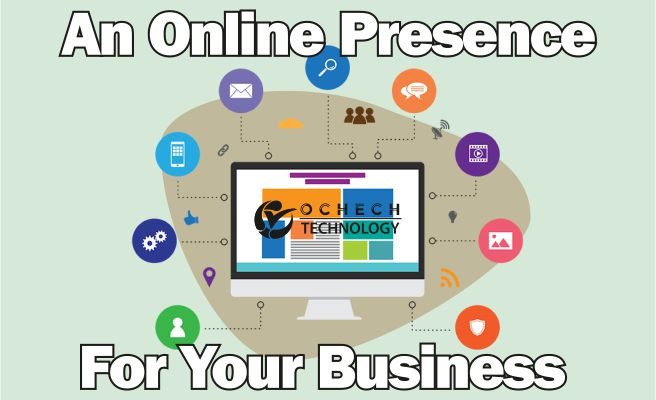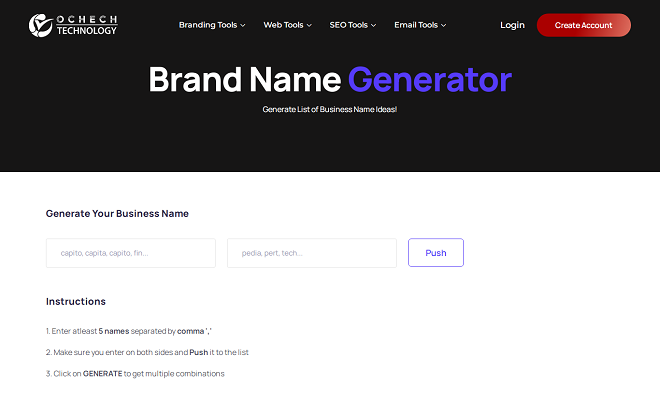
The Future of Brand Storytelling: How to Use Virtual Reality and other Emerging Technologies
INTRODUCTION
In today's fast-paced digital world, it has become increasingly difficult for brands to capture the attention of their target audience. With the rise of social media and the sheer amount of content available online, consumers have become increasingly selective about what they choose to engage with. Traditional marketing methods are becoming less effective, and brands are now looking for new and innovative ways to tell their stories. Enter the future of brand storytelling. Virtual reality (VR), augmented reality (AR), and artificial intelligence (AI) are just some of the emerging technologies that are revolutionizing the way brands connect with their customers. These technologies allow brands to create immersive, personalized experiences that leave a lasting impression. In this article, we will explore how brands can use VR, AR, and AI to take their storytelling to the next level and create an emotional connection with their audience.
VIRTUAL REALITY (VR)
Virtual reality (VR) is a technology that allows users to experience a computer-generated simulation of a three-dimensional environment. By using VR headsets, users can interact with the virtual world in a way that feels real. This technology has the potential to revolutionize brand storytelling by immersing customers in a brand experience like never before.
One of the main advantages of VR is that it allows brands to create an emotional connection with their customers. By transporting customers to a virtual world, brands can evoke feelings of excitement, wonder, and even nostalgia. This emotional connection can help to build a stronger relationship between the brand and the customer.
Another advantage of VR is that it allows brands to showcase their products and services in a way that is not possible in the physical world. For example, a car manufacturer can use VR to give customers a virtual test drive of their latest model, or a real estate developer can use VR to give potential buyers a virtual tour of a property before it is built.
Some of the brands that are currently using VR to tell their stories include Marriott Hotels, which uses VR to give customers a virtual tour of its properties, and Lowe's, which uses VR to give customers a virtual tour of their future home.
AUGMENTED REALITY (AR)
Augmented reality (AR) is a technology that overlays digital information in the real world. Unlike virtual reality (VR), which creates a fully immersive experience, AR allows users to interact with digital content while still being aware of their physical surroundings. This technology has the potential to revolutionize brand storytelling by bringing products and services to life in a whole new way.
One of the main advantages of AR is that it allows brands to create interactive experiences for customers. For example, a fashion brand can use AR to let customers virtually try on clothes, or a furniture brand can use AR to let customers see how a piece of furniture would look in their home before they buy it. This can help customers make more informed purchasing decisions and increase brand loyalty.
Another advantage of AR is that it allows brands to add new layers of information to the physical world. For example, a museum can use AR to provide visitors with additional information about an exhibit, or a city can use AR to provide tourists with information about local landmarks.
Some of the brands that are currently using AR to tell their stories include IKEA, which uses AR to let customers see how furniture would look in their home before they buy it, and L'Oréal, which uses AR to let customers try on makeup virtually.
ARTIFICIAL INTELLIGENCE (AI) AND MACHINE LEARNING (ML)
Artificial Intelligence (AI) and Machine Learning (ML) are two closely related technologies that are rapidly gaining momentum in the world of brand storytelling. These technologies allow brands to personalize their stories for individual customers and create a more engaging experience.
One of the main advantages of AI and ML is that they allow brands to analyze customer data and understand their preferences. This allows brands to create personalized experiences for each customer based on their interests and behavior. For example, a retailer can use AI and ML to recommend products to a customer based on their previous purchases or a music streaming service can use AI and ML to create a personalized playlist for a customer based on their listening history.
Another advantage of AI and ML is that they can automate repetitive tasks such as customer service, allowing businesses to focus on more strategic initiatives. For example, AI-powered chatbots can answer customer inquiries 24/7, providing quick and accurate responses.
Some of the brands that are currently using AI and ML to tell their stories include Netflix, which uses AI to recommend TV shows and movies to customers, and Amazon, which uses ML to personalize product recommendations for customers.
FINAL TAKEAWAY
In conclusion, the future of brand storytelling is all about finding new and innovative ways to connect with customers. Virtual reality (VR), augmented reality (AR), and artificial intelligence (AI) are just some of the emerging technologies that are revolutionizing the way brands tell their stories.
VR allows brands to create an emotional connection with customers by immersing them in a brand experience like never before. AR allows brands to create interactive and personalized experiences by overlaying digital content in the real world. AI and machine learning (ML) allow brands to personalize their stories for individual customers by analyzing customer data and understanding their preferences.
As these technologies continue to evolve and become more accessible, it is likely that more and more brands will begin to adopt them as a way to connect with their audience and stand out in the crowded marketplace. Brands that are able to harness the power of these tools will be better equipped to capture the attention of their target audience and build a strong, long-lasting relationship with them.
It is important to note that it's not just about adopting new technology, but also about having a good strategy in place and making sure that the technology aligns with the overall business objectives. By understanding the potential of these technologies and how to use them effectively, brands can create truly immersive and personalized experiences for their customers and stay ahead of the curve in today's digital age.







